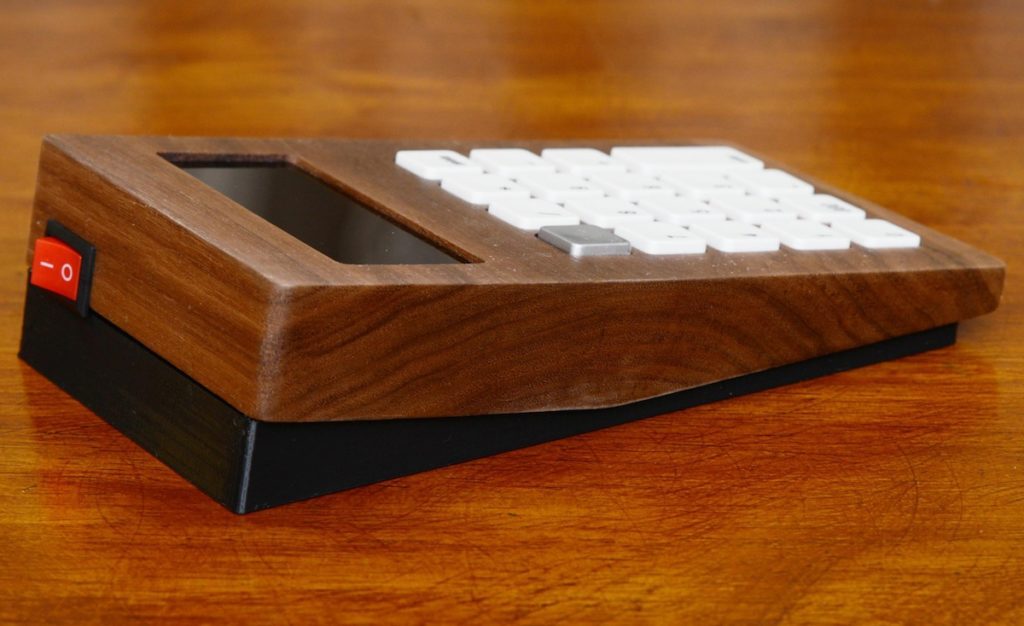Schlagwort: DIY Calculator
-

Woody brings class to the world of RPN calculators
Reading Time: 2 minutesRPN (Reverse Polish notation) is a method for writing or entering mathematical calculations wherein operators come after operands. For instance, to calculate the product of 3 and 4, you would type: 3, enter, 4, enter, multiplication. This is unfamiliar to most of us, but was common for Hewlett-Packard’s early digital calculators and is still…
-

Simon Boak’s SB116 is a TI Programmer-inspired DIY calculator
Reading Time: 2 minutesSimon Boak’s SB116 is a TI Programmer-inspired DIY calculator Arduino Team — September 13th, 2022 Many types of calculators exist beyond those basic models that everyone used in elementary school. The most common is the scientific calculator, including the iconic Texas Instruments TI-83. Programmer’s calculators contain buttons and functionality designed to help…
-

Simon Boak’s SB116 is a TI Programmer-inspired DIY calculator
Reading Time: 2 minutesSimon Boak’s SB116 is a TI Programmer-inspired DIY calculator Arduino Team — September 13th, 2022 Many types of calculators exist beyond those basic models that everyone used in elementary school. The most common is the scientific calculator, including the iconic Texas Instruments TI-83. Programmer’s calculators contain buttons and functionality designed to help…
-

Simon Boak’s SB116 is a TI Programmer-inspired DIY calculator
Reading Time: 2 minutesSimon Boak’s SB116 is a TI Programmer-inspired DIY calculator Arduino Team — September 13th, 2022 Many types of calculators exist beyond those basic models that everyone used in elementary school. The most common is the scientific calculator, including the iconic Texas Instruments TI-83. Programmer’s calculators contain buttons and functionality designed to help…


